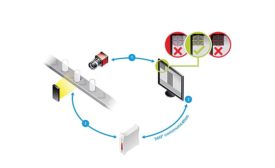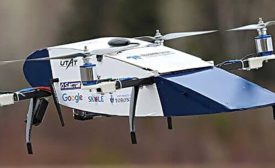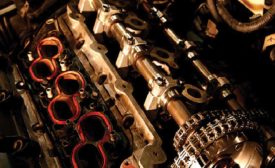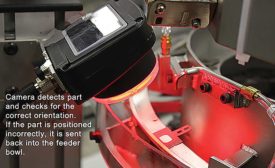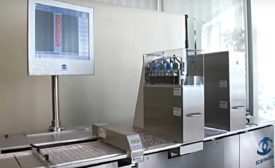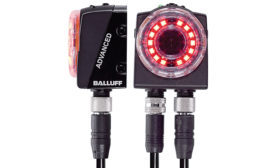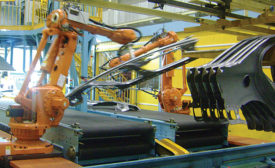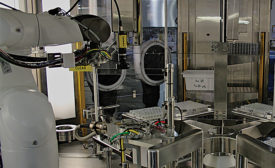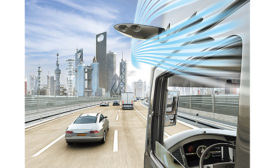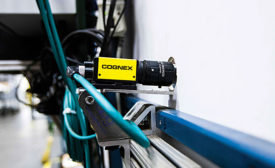Home » vision systems
Articles Tagged with ''vision systems''
A closed-loop approach is the best way to overcome variations in image brightness.
Read More
What’s New With Machine Vision Systems
New technology is making vision systems faster, more reliable and easier to use.
November 7, 2016
Never miss the latest news and trends driving the manufacturing industry
Stay in the know on the latest assembly trends.
JOIN TODAY!Copyright ©2024. All Rights Reserved BNP Media.
Design, CMS, Hosting & Web Development :: ePublishing
